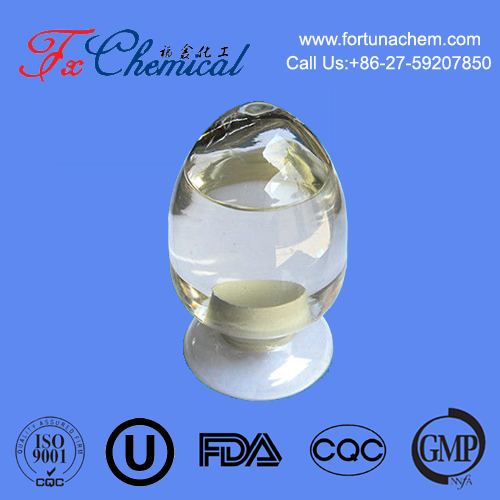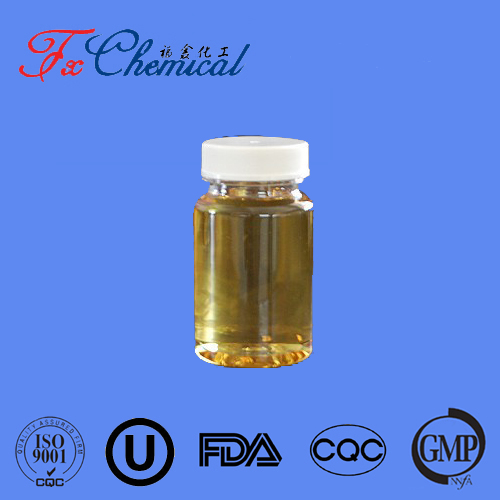
Search

Search



Rhodamine B is a synthetic dye commonly used in laboratories, industries, and scientific research. It belongs to the family of rhodamine dyes and is chemically known as C28H31ClN2O3. It has a bright pink or reddish color and is often used in various applications, such as:
Fluorescent dye: Rhodamine B is widely used as a fluorescent marker in biological and chemical studies, particularly for labeling proteins, cells, or tissues for fluorescence microscopy.
Textile and paper industry: It is used as a dye in the textile and paper industries to color fabrics, fibers, and paper products.
Indicator in water testing: It is also used as a tracer dye in water quality testing, especially to track the movement of water or to study the flow of liquids.
Biological and chemical research: Rhodamine B is used in various experiments as a tracer to follow substances or reactions due to its distinctive color and fluorescence properties.
However, it is important to note that Rhodamine B is toxic and should be handled with care, especially in larger quantities. Its use in food products or cosmetics is restricted in many countries due to safety concerns.
Rhodamine B has a variety of applications across different fields due to its fluorescent properties and vivid color. Some of the main applications include:
Biological and Medical Research: Rhodamine B is commonly used as a fluorescent probe in biological and medical research. It can label proteins, nucleic acids, or cells, and when exposed to ultraviolet light, it emits a bright fluorescence. This makes it useful in fluorescence microscopy, immunohistochemistry, and cellular imaging.
Tracking and Diagnostics: Rhodamine B is used in research to track molecules in biological systems or to study the movement of fluids in various environments.
Textile Dye: Rhodamine B is used in the textile industry to color fabrics, particularly in the production of synthetic fibers. It gives a vibrant pink or red hue to the material.
Paper Industry: The dye is also used to color paper products, providing a bright, eye-catching appearance.
Tracer Dye: Due to its vivid color and fluorescent properties, Rhodamine B is often used as a tracer dye in environmental studies. It helps in tracking the flow of water, such as in river or lake studies, wastewater management, or hydrological research.
Pollution Monitoring: The dye is sometimes added to bodies of water to track the movement of pollutants or contaminants, as it allows researchers to visually follow the spread of pollutants in water systems.
Spectrophotometric Analysis: Rhodamine B is used in analytical chemistry for fluorescence-based assays. Its fluorescence characteristics are useful in various spectroscopic techniques to analyze chemical substances.
Fluorescence Polarization: It is sometimes used in assays that measure fluorescence polarization, which can be used to study protein-ligand interactions or the viscosity of solutions.
Cosmetics: Although its use in cosmetics is limited due to potential toxicity, Rhodamine B has historically been used as a colorant in some cosmetic products, such as lipsticks, though it is generally not approved for use in food or cosmetics in many countries due to safety concerns.
Bloodstain Detection: Rhodamine B can be used in forensic science, particularly for detecting bloodstains at crime scenes. The dye reacts with iron in the hemoglobin of blood and can be used to visualize traces of blood that might otherwise be invisible.
Bacterial Staining: Rhodamine B is used in microbiological studies to stain bacteria or cells for microscopic examination. It is sometimes used in conjunction with other stains for better differentiation of microorganisms.
Polymer Labeling: In material science, Rhodamine B can be used to label or track polymer materials or to test the properties of polymers when exposed to certain environmental conditions (e.g., UV radiation or chemical exposure).
Teaching Tool: Due to its vivid color and fluorescent properties, Rhodamine B is sometimes used in educational settings to demonstrate concepts related to fluorescence, dyes, or chemical reactions.
Rhodamine B is classified as potentially toxic, and its use in consumables such as food and cosmetics is restricted in many countries. It can cause skin irritation and is harmful if ingested or inhaled. In scientific applications, safety precautions must be taken to minimize exposure.
In summary, Rhodamine B is versatile and widely used in scientific, industrial, and environmental applications, particularly where fluorescence or vivid coloration is useful for tracing, labeling, or diagnostics.

Fortunachem Provides Not Only Professional Chemical Products But Also Professional Help
Keeping you up-to-date with all the latest information, news, and events about Fortunachem!

Quick Links
Add:
E-mail:
 English
English  Español
Español  français
français  العربية
العربية 






